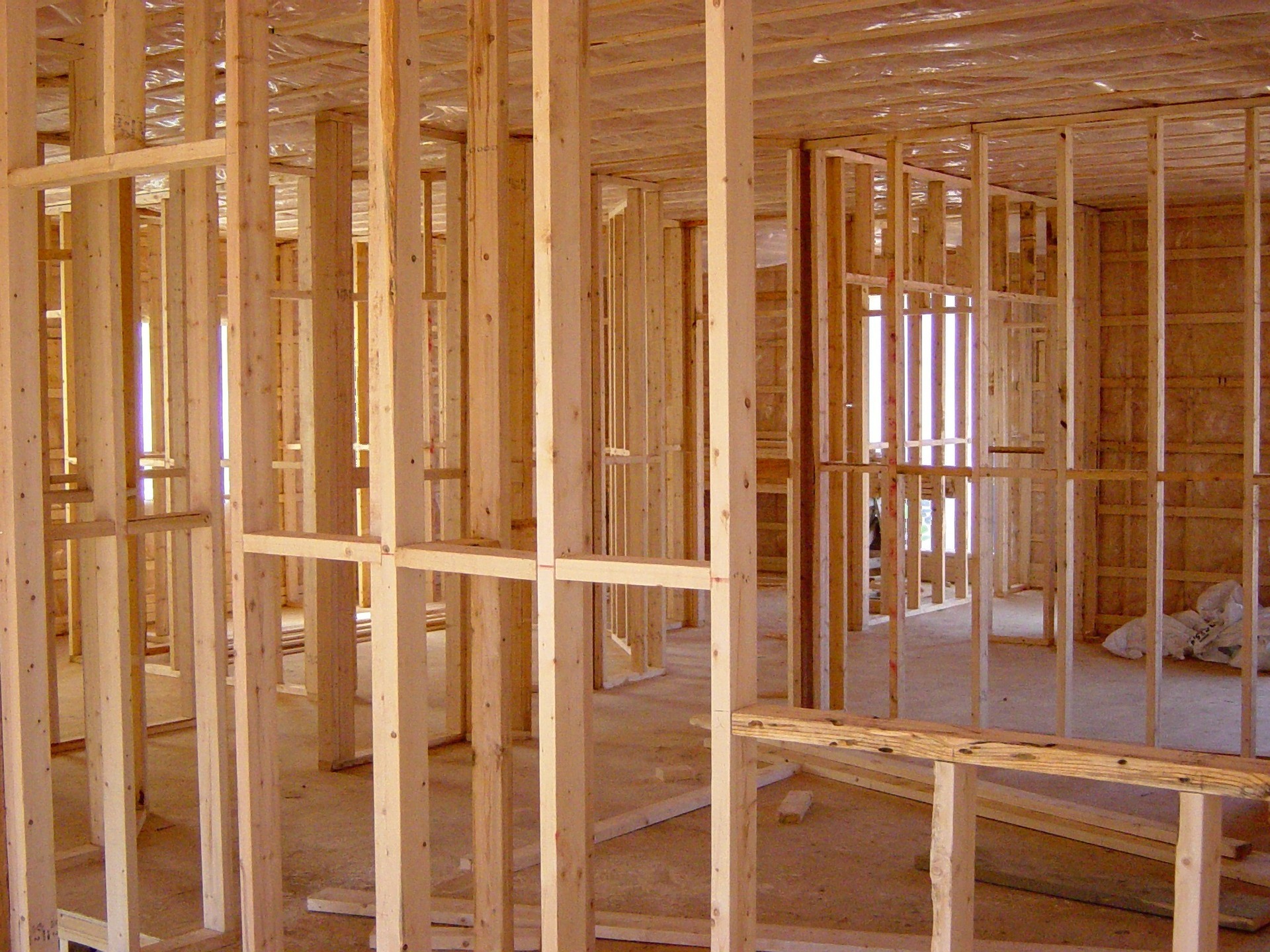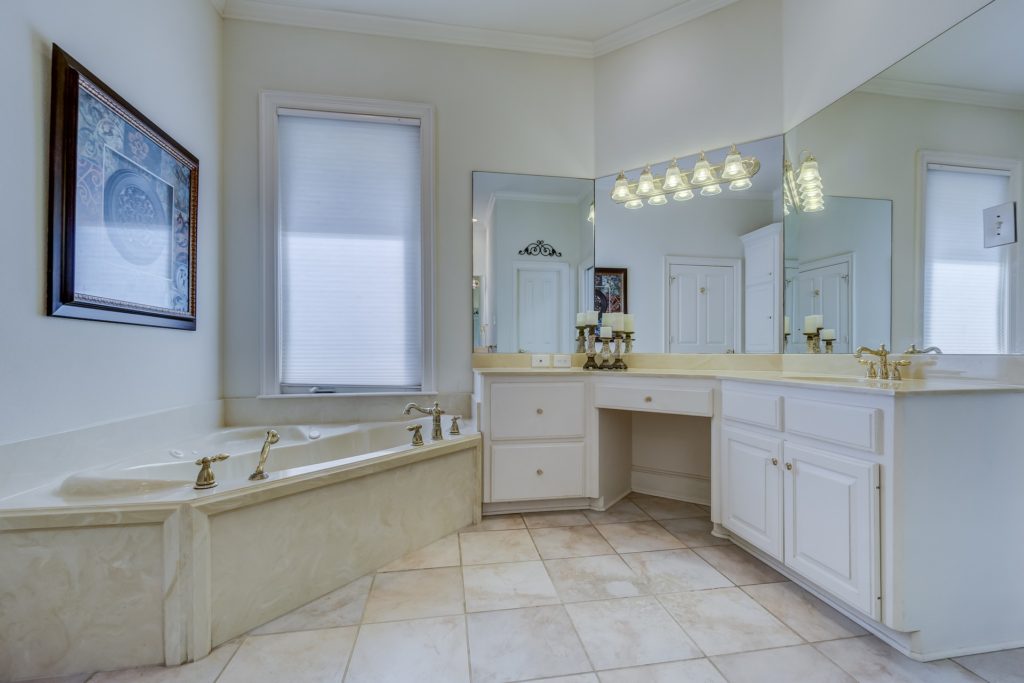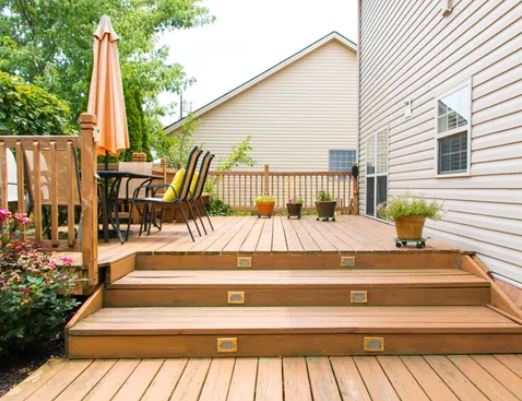Have you found yourself outgrowing your current home? Investing in a home addition is often the best option for a family that has outgrown their current home. Home additions increase of square footage will raise your home’s value and eliminate the need to move in order to accommodate your family’s needs.
People invest in home additions for numerous reasons. Children require additional bedrooms and bathrooms. Aging parents may demand an in-law suite. Perhaps a homeowner simply wants more space in the form of closets or storage spaces. Garages are a nice addition during the cold months of winter. Second-story additions and ground-level expansions are major home projects that are worthwhile to add to the value and comfort of your home. Here are some of the most common home additions for you to consider.

In-Law Suites
In-law suites are one of the most common home addition projects. The average life expectancy is steadily rising and parents are moving in with their children. Spare bedrooms are often the solution for aging parents, but this is not the best situation for many families. An in-law suite gives parents the independence they desire and the privacy you need.
In-law suites are typically designed with accessibility in mind. Your parents may be active and mobile now, but life catches up with everyone and it is best to be prepared. First-floor additions are ideal to limit the use of stairs and minimize the potential for falls.
Bathroom Additions
Bathroom additions are one of the most expensive home additions a homeowner can undertake. Additional plumbing and electrical work add to an already expensive material cost for these projects. However, bathroom renovations carry a large return on investment by adding to the resale value of a home. Unused closets under staircases are perfect spaces for half-bathrooms. Master bathrooms can be expanded to include a double vanity or larger shower/bathtub.

Garage Additions
Garages are a great area of the home to create an addition. A second story can be added to a garage to become an in-law suite, bedroom, storage unit, and more. Garage additions can also be a ground-level expansion to accommodate lifestyle changes. Playrooms and entertainment spaces are commonly added to garages.
Kitchen Additions
Kitchens have increasingly become the gathering spot in a home. Expanding your current kitchen, adding basement kitchen space, or even an outdoor kitchen area are all great ways to improve your home’s value. Small kitchens can be expanded by removing internal walls or expanding outwards. Due to the cost of electrical work, plumbing, appliances, countertops, and flooring, kitchen additions are often the most expensive home project you can do.

Bedroom Additions
Bedroom additions can be added almost anywhere in a home – basements, ground-level, or upper floors. Garages and attics also make great rooms that can be transformed into bedrooms.
Closets & Storage
The smallest additions to a home are often storage spaces like closets or pantries. These additions are usually designed with the current house blueprinting by eliminating walls. Unused spare rooms such as guest bedrooms are great places to add storage space.
Mudrooms
Commonly found in rural areas and farm homes, mudrooms are storage areas that are entryways into the home. These rooms typically store stores, coats, umbrellas, and more. A mudroom home addition is a simple project that requires minimal square footage. Typically, 100 square feet is enough to build a mudroom. Benches to change shoes, hooks for hanging hats and coats, bins for dirty clothes, and floor mats are common features of a mudroom. Some homes even combine the laundry room with a mudroom to maximize efficiency and space.
Decking
While a deck may not be a room, it is one of the most welcoming features of a home. What is there not to love about a space that you can enjoy the fresh air and relax? Decks are generally made of pressure-treated lumber or composite material. Roofs are optional and retractable awnings give you the best of both worlds having an open space and closed area.



